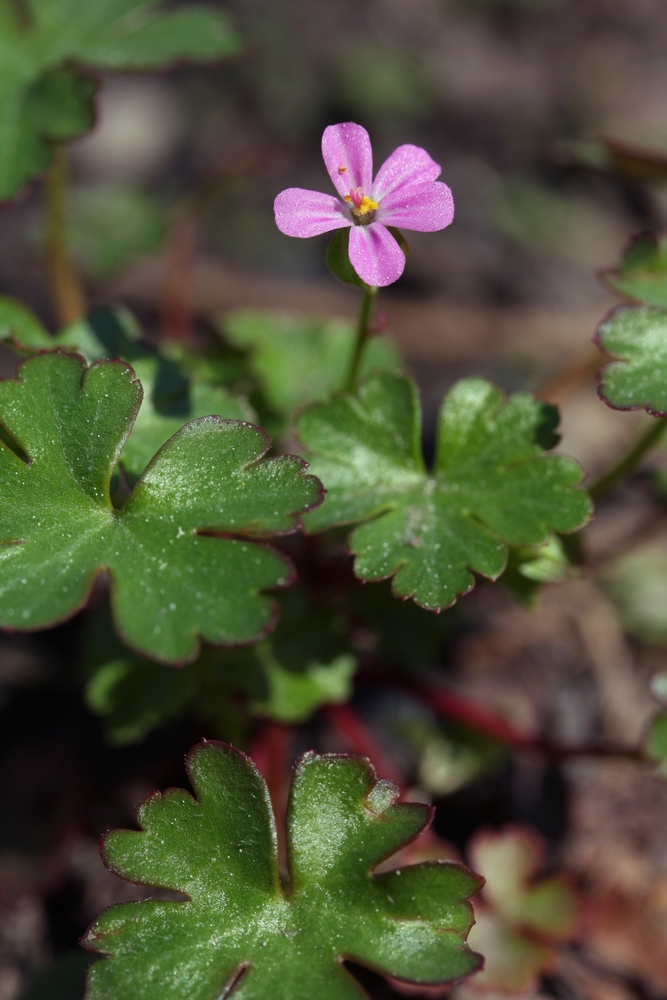


Kinnickinnik
Trailing, mat-forming Evergreen Shrub
Common Names: Bearberry
Species: Arctostaphylos uva-ursi
Plant Family: Ericaceae
Zone: 2-6
BEC Zones: AT, BAFA, BG, BWBS, CDF, CMA, CWH, ESSF, ICH, IDF, IMA, MH, MS, PP, SBPS, SBS, SWB
Height: Up to 20cm
Width: 1-2m+
Conditions
Sun: Full sun to part shade
Soil: Sandy, well-drained soils on water-shedding sites; sandy and gravelly soils; dry rocky slopes.
Moisture: Dry to moist
Exposure: Well-drained exposed sites, dry rocky slopes, dry forests, and clearings. Common and widespread from low elevations to alpine tundra.
Appearance
Shape & Stem: Often forms mats with long, flexible, rooting branches. Reddish brown bark.
Leaf: Alternate, leathery, oval to spoon-shaped, entire to 3cm long; dark green, glossy tops and pale beneath.
Flower: Pinkish-white, small (about 5mm long), urn-shaped, drooping; several in a few terminal clusters.
Fruits: Bright red berries, 7-10mm wide. Edible but mealy and rather tasteless pulp with large, very hard seeds. Fruits ripen late (June – August) and stays on plants into the winter. Favoured by birds.
Bloom: April – June
More Information
Maintenance & Pruning: Minimal pruning needs, remove dead or dying wood. Water it well during its first two dry seasons.
Landscape Use: An alternative to the invasive English Ivy or Periwinkle. Ideal on a retaining wall or rockery that could use a cascade of green. Low-maintenance, drought-tolerant, salt-tolerant; grows well with Snowbrush (Ceanothus velutinus).
Propagation: It can be effectively propagated through layering, which involves bending a live stem to the ground and covering part of it with soil to encourage rooting. The ideal time to propagate kinnikinnick via cuttings is early spring to mid-summer. This period offers the right balance of mild temperatures and increasing light levels to encourage root development. Propagation during this time aligns with the plant’s natural growth cycle, enhancing the chances of successful rooting and growth.
Pests, Animals & Diseases: Flowers are visited by hummingbirds, and insects such as bees and brown elfin butterflies. Berries are eaten by birds (e.g. evening grosbeak), deer, elk, small mammals, and bears. Browsed by deer, elk, bighorn sheep, and moose. Host plant to the Hoary Butterfly.
Cultivars: Pinemat Manzanita (A. nevadensis) is not a cultivar, but in the same genus. It is very similar to kinnikinnick but has pointed leaves and brownish-red berries. It is a common shrub in the Cascades of Oregon and southern Washington state, where it seems to replace Arctostaphylos uva-ursi.
Comments: Found worldwide at higher north latitudes.



Leave a Reply